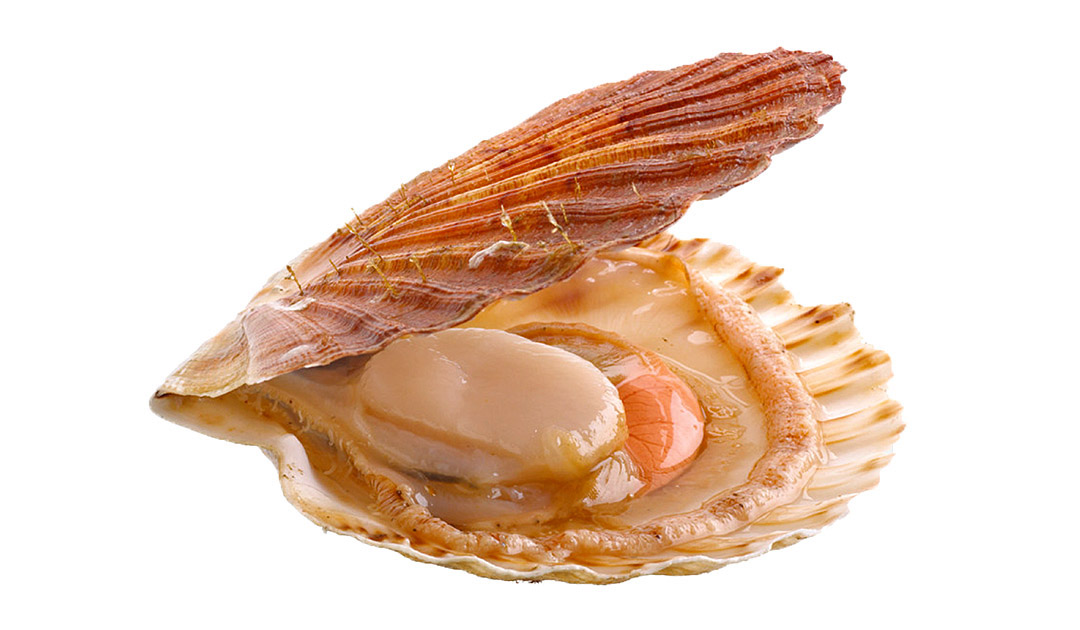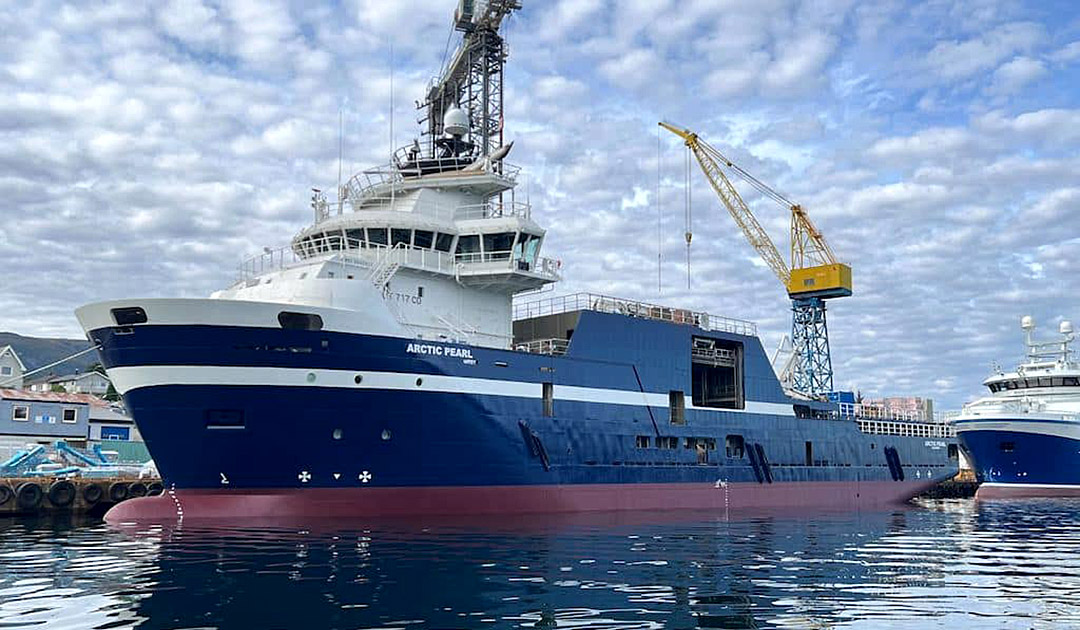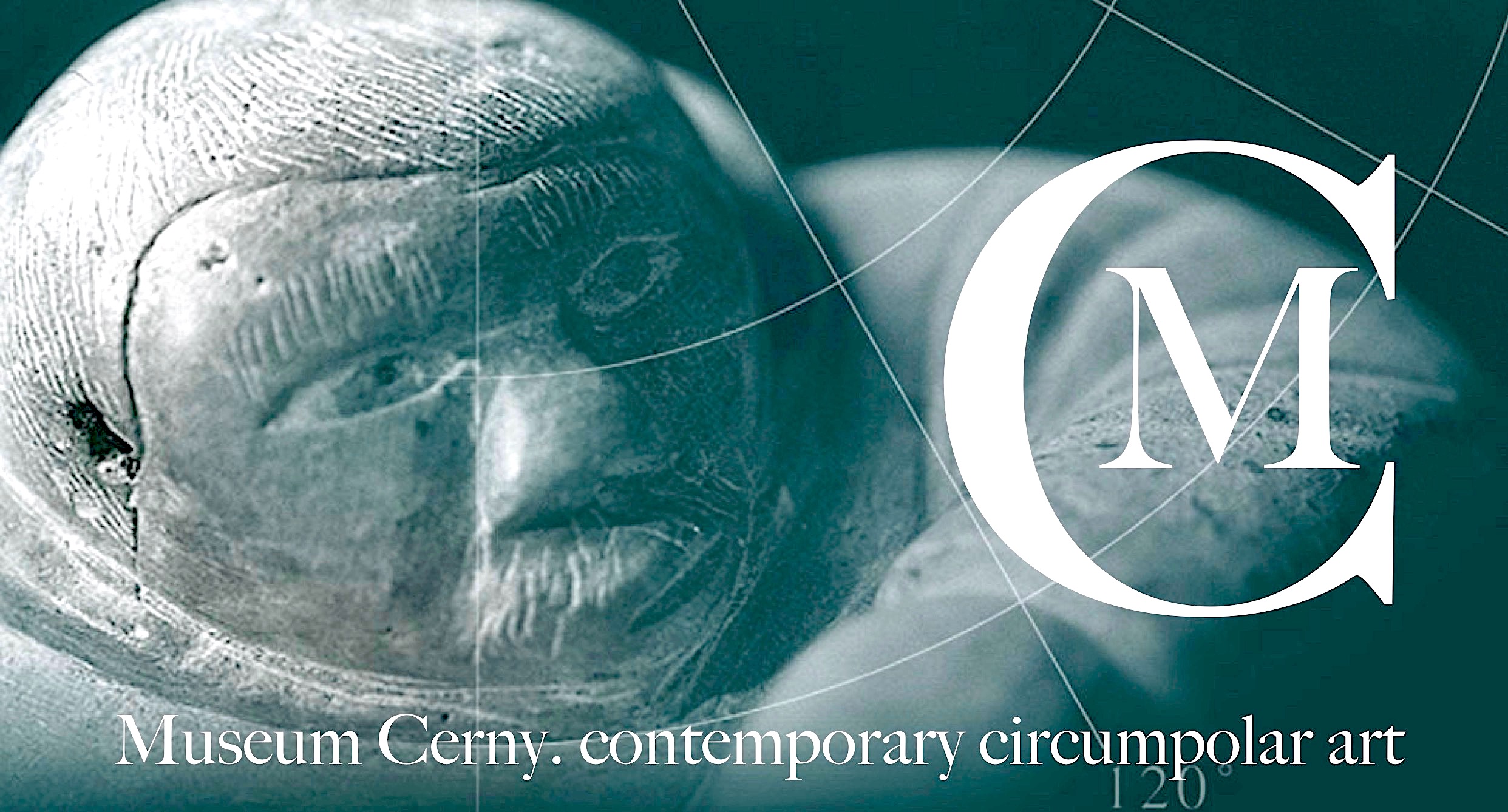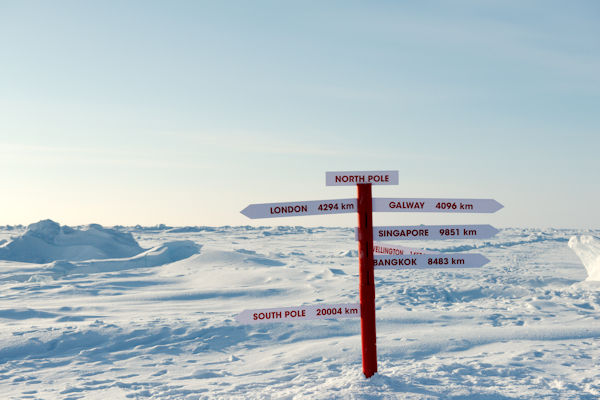
Because of the immense damage caused by trawls on the bottom of the sea, the search for shellfish in Norwegian waters was banned over 30 years ago. Now, “Ava Ocean,” a marine technology company based in Ålesund, Norway, has developed a new method for collecting shellfish from the seafloor. Because the system is unlike anything used in scallop harvesting today, the Norwegian government has granted “Ava Ocean” a five-year test fishery licence to further develop the technology and prove the concept. The plan is to collect up to 15,000 tons of shellfish per year.

The company has worked with marine scientists, developing a precise method for picking Arctic scallops (Chlamys islandica) and other seafood from the ocean floor. This should not include bycatch and should not harm the surrounding environment. As a result, “Ava Ocean” has received the first commercial fishing permit for Arctic scallops in Norway since the 1990s. “Ava Ocean” will document the test fishery and report all catch data and closely monitor the stock and the impact of the fishing activity.

Earlier methods caused enormous damage
The harvesting of scallops had devastated fragile marine ecosystems and disrupted life below the sea surface. When fishing with trawl nets, the substrate was literally plowed up. A ban on fishing 30 years ago was the result.
“Ava Ocean” technology allows species living on the seafloor to be identified, selected and sorted without harming the seabed or surrounding ecosystems.
As a result, the Arctic Pearl, the vessel built in 2013 for seismic measurements, was converted to collect shellfish from the seafloor. The breakthrough technology of “Ava Ocean” uses optical sorting to enable identification, selection and sorting of bottom-dwelling species that are gently pulled into large baskets by a precision water-flow pump. These hover above the seabed and hang from wings located on either side of the ship. Once they are full, the baskets are lifted on board.

“I am very excited to be working with “Ava Ocean” and their mission to change seabed harvesting for the better. However, my first priority is to establish good routines and financial management systems for a growing company as we move into operational fishing. But I am also very much looking forward to using my skills to help develop a solid commercial growth strategy and make “Ava Ocean” a global force to be reckoned with,” says Geir Ingebrigtsen, Chief Financial Officer of “Ava Ocean”.
Website: Ava Ocean
Heiner Kubny, PolarJournal
More on the topic





